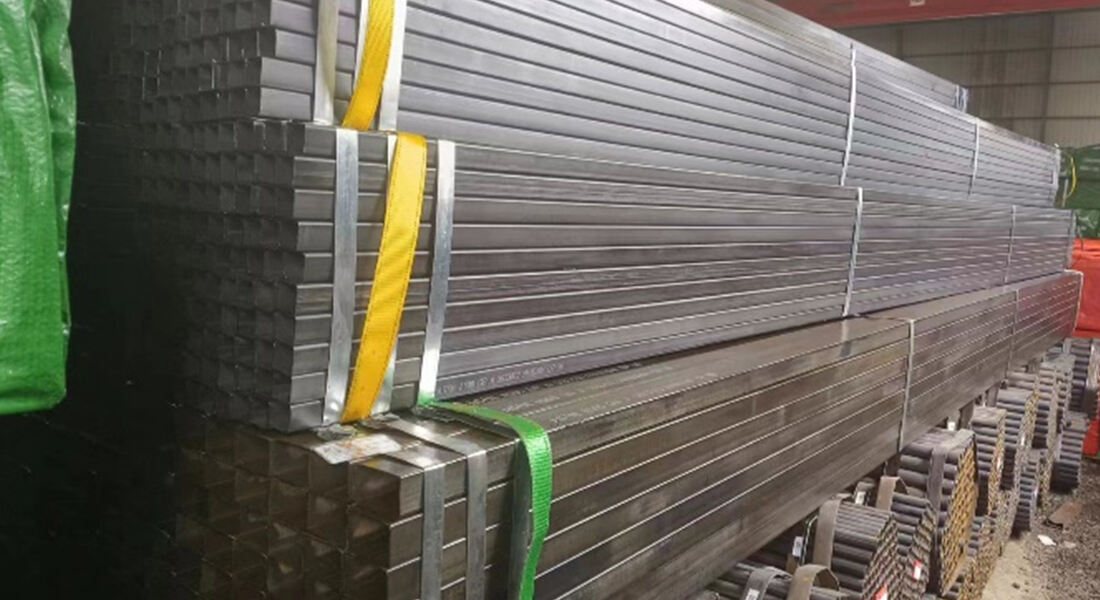There is a high demand for galvanized square pipe due to its excellent performance. How can the square galvanized pipe be straightened? Let's take a closer look at it next.

The unequal cooling along the pipe section and length, residual tension after rolling, and incorrect rolling mill adjustment are the reasons for the zigzag pattern on galvanized square pipe. As a result, it is not feasible to immediately receive tubes from the rolling mill that are extremely straight. The only way to meet the technical criteria is to cold straighten the tubes' tortuosity.
It is essential for the steel pipe to endure repeated tortuosity in the straightening machine because the basic concept of straightening is to cause the galvanized square pipe to undergo elastic-plastic tortuosity, from big tortuosity to small tortuosity. The straightening machine's adjustment mostly controls how much the steel pipe twists and rotates repeatedly.
Numerous elements influence the quality of straightening, including the original pipe's tortuosity, the steel pipe's scale, the material's straightening model, and the adjustment parameters.
There are many of vendors of galvanized square pipe that offer chemical compatibility charts. It is important for engineers to remember that the chemical compatibility chart meant specifically for square galvanized pipes should be utilized rather than the one meant for regular pipes.
Consequently, it is only appropriate to discuss the galvanized square pipe and not the degree of chemical compatibility between common pipes and associated materials. If not, the galvanized square pipe will break or get damaged and leak, endangering the safety of the pump and causing damage.